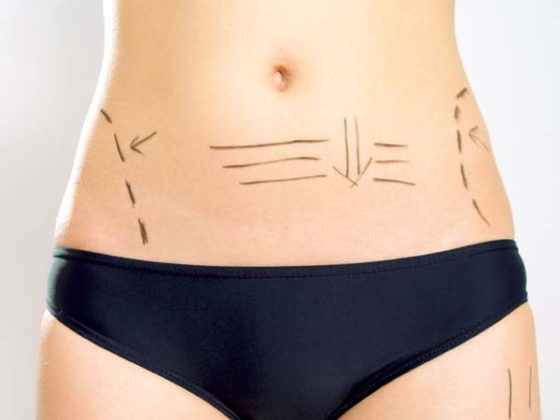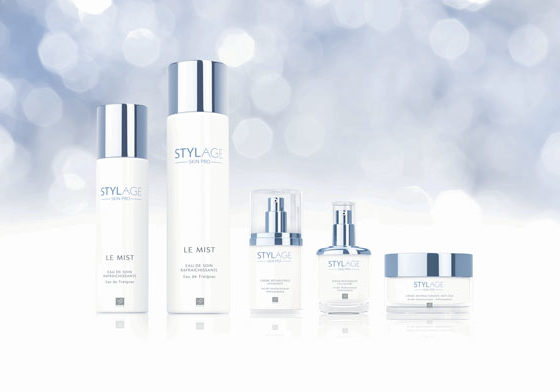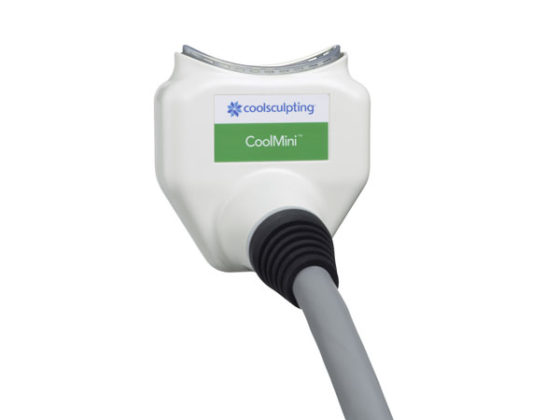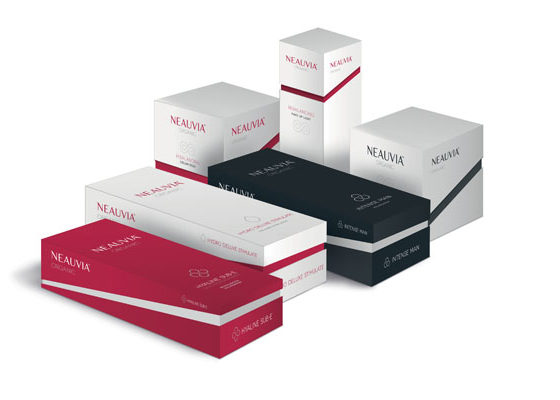BOTOX® becomes the first and only neuromodulator to be approved specifically for the treatment of both upper and lower limb spasticity in adults who have had a stroke
Press release
Allergan Inc. announced that BOTOX® has been approved by the Medicines and Healthcare Products Regulatory Agency (MHRA) for the treatment of ankle disability due to lower limb spasticity associated with stroke in adults. This is the twelfth indication for BOTOX® in the UK and marks a key milestone in bringing this treatment to stroke survivors who are suffering from lower limb spasticity. Spasticity is one of the most common consequences of stroke and may potentially lead to a significant loss of independence, affecting both the physical and emotional well-being of patients. This new approval offers healthcare professionals an important treatment option and provides a real advance for patients suffering from disabling lower limb spasticity.
“This is one of the most important advances the post stroke spasticity community has seen for years and will hopefully bring additional recognition to this complex and disabling condition,” said Professor Anthony Ward of the North Staffordshire Rehabilitation Centre in the UK. “Studies show that BOTOX® treatment can significantly improve the muscle tone in stroke survivors with lower limb spasticity. By allowing the ankle to function more normally, this can bring important mobility and physical benefits to patients, even those who have been suffering from this condition for many years.”
Stroke is a major public health issue in the UK with about 152,000 new cases each year. However, there are more than 1 million stroke survivors currently living in the UK who may be faced with a large range of challenges due to changes to the way their bodies function as a result of the stroke. Disability is common in stroke survivors, with 36% reporting moderate to very severe disabilities, often leading to a loss of independence. People who have had a stroke may have trouble with many “activities of daily living” (ADLs), including basic tasks such as walking, bathing, dressing, eating, and using the toilet. Studies showed that the prevalence of spasticity does not differ between the upper and the lower limbs, affecting the wrist (66%) and the ankle (66%) of those patients. Moreover, 63% of stroke survivors with spasticity experience this in both the upper and lower limbs. Treatment of lower limb spasticity associated with stroke requires a multidisciplinary approach and usually includes physical therapy, pharmacological treatments, and, in some cases, surgery.
Joe Korner, Director of External Affairs at the Stroke Association, said: “There can be significant advantages in using BOTOX® to treat people whose movement and walking ability have been affected by stroke. Up to 30 per cent of stroke survivors are living with muscle stiffness, known as post-stroke spasticity, which means they have abnormal tightness in some of their muscles. This painful condition can cause a devastating loss of independence. Whilst this treatment might not be suitable for every stroke patient, we encourage stroke survivors living with spasticity in their arms or legs to talk with their GP about management options that might be right for them.”
This new indication is based on an multi-centre, randomized, double-blind, placebo-controlled study, assessing its efficacy in patients with post-stroke lower limb spasticity affecting the ankle. A total of 120 patients were randomized to a single treatment of Allergan’s Botulinum toxin type A (300 units) or placebo. Patients who were enrolled in this study had had their stroke on average approximately 6 years earlier. Results from the study showed:
- Patients treated with Botulinum toxin type A achieved a significant improvement in muscle tone compared to those treated with placebo, using the Modified Ashworth Scale (MAS) ankle score and measuring baseline to week 12 results
- Significant improvements compared to placebo were also observed at the individual post-treatment visits at weeks 4, 6 and 8
- Botulinum toxin type A treatment was associated with a significant improvement in the investigator’s clinical global impression (CGI) of functional disability compared to placebo.
Treatment was generally well tolerated although caution should be exercised when treating adult patients with post-stroke spasticity who may be at increased risk of fall. BOTOX® should only be used for the treatment of focal spasticity in adult post-stroke patients if muscle tone reduction is expected to result in improved function, improve symptoms and/or to facilitate care.
“We are pleased that BOTOX® has received the green light for the treatment of lower limb spasticity associated with stroke in adults,” said Martin Gillen, Country Manager, Allergan UK. “This approval recognises Allergan’s long standing commitment to innovation in post-stroke spasticity. With two approved indications in this field, Allergan continues to support doctors and their patients to better manage this potentially debilitating condition.”
About Stroke
A stroke happens when the blood supply to part of the brain is cut off and brain cells are damaged or die. Strokes affect people in different ways, depending on the part of the brain that is affected, how widespread the damage is and how healthy the person was before the stroke. Strokes can permanently damage bodily functions and thought processes. Stroke is the third largest cause of death, after heart disease and cancer. The brain damage caused by strokes means that they are the largest cause of adult disability in the UK.
About Spasticity
Spasticity is a neurological condition characterized by an abnormal increase, or hyperactivity, in muscle tone. The condition causes affected muscles to continuously contract (stay flexed, or shortened) for long periods of time. They remain stiff and tight, and resist the normal stretching that should occur during use.Symptoms of spasticity can vary from mild stiffness to severe, uncontrollable muscle spasms that can be very painful, especially if joints are pulled into abnormal positions or otherwise prevent normal range of motion. Symptoms may include hypertonicity (increased muscle tone), clonus (a series of rapid muscle contractions), exaggerated deep tendon reflexes, muscle spasms, scissoring (involuntary crossing of the legs), and fixed joints. The condition can interfere with movement, balance, walking and other mobility, and the ability to perform a range of daily activities. Left untreated, affected muscles are subject to “contracture,” a condition that leaves the muscles and tendons permanently shortened and can result in a permanent, and often painful, abnormal posture.
About BOTOX®
BOTOX® (Botulinum toxin type A) from Allergan is a prescription-only medicine that contains tiny amounts of highly purified botulinum toxin protein refined from the bacterium, Clostridium botulinum. Worldwide, approximately 35 million vials of Allergan’s botulinum toxin type A products have been distributed over the past 21 years (1990-2012). The safety and efficacy of BOTOX® has been well-established with approximately 65 randomized, placebo-controlled clinical trials involving approximately 10,000 patients and, with more than 2,500 articles in scientific and medical journals, Allergan’s neurotoxin is one of the most widely researched toxins in the world.
About Allergan
Allergan, Inc. is a multi-specialty health care company established more than 60 years ago with a commitment to uncover the best of science and develop and deliver innovative and meaningful treatments to help people reach their life’s potential. Today, we have more than 11,400 highly dedicated and talented employees, global marketing and sales capabilities with a presence in more than 100 countries, a rich and ever-evolving portfolio of pharmaceuticals, biologics, over-the-counter medicines and medical devices, and state-of-the-art resources in R&D, manufacturing and safety surveillance that help millions of patients see more clearly, move more freely and express themselves more fully. From our beginnings as an eye care company to our focus today on several medical specialties including ophthalmology, neurosciences, urologics and medical aesthetics, Allergan is proud to celebrate more than 60 years of medical advances and proud to support the patients and physicians who rely on our products.
Forward-Looking Statement
This press release contains “forward-looking statements”, including but not limited to the statements by Professor Anthony Ward, Mr Joe Korner, Mr Martin Gillen and other statements regarding research and development outcomes, efficacy, adverse reactions, market and product potential, product availability and other statements regarding the use of BOTOX® for the treatment of lower limb spasticity. These statements are based on current expectations of future events. If underlying assumptions prove inaccurate or unknown risks or uncertainties materialise, actual results could vary materially from Allergan’s expectations and projections. Risks and uncertainties include, among other things, general industry and pharmaceutical market conditions; technological advances and patents attained by competitors; challenges inherent in the research and development and regulatory processes; challenges related to new product marketing, such as the unpredictability of market acceptance for new pharmaceutical products and/or the acceptance of new indications for such products; inconsistency of treatment results among patients; potential difficulties in manufacturing a new product; general economic conditions; and governmental laws and regulations affecting domestic and foreign operations. Allergan expressly disclaims any intent or obligation to update these forward-looking statements except as required to do so by law. Additional information concerning these and other risk factors can be found in press releases issued by Allergan, as well as Allergan’s public periodic filings with the U.S. Securities and Exchange Commission, including the discussion under the heading “Risk Factors” in Allergan’s 2012 Annual Report on Form 10-K and subsequent Quarterly Reports on Form 10-Q.
© Allergan Ltd. BOTOX® is a registered trademark owned by Allergan, Inc.











